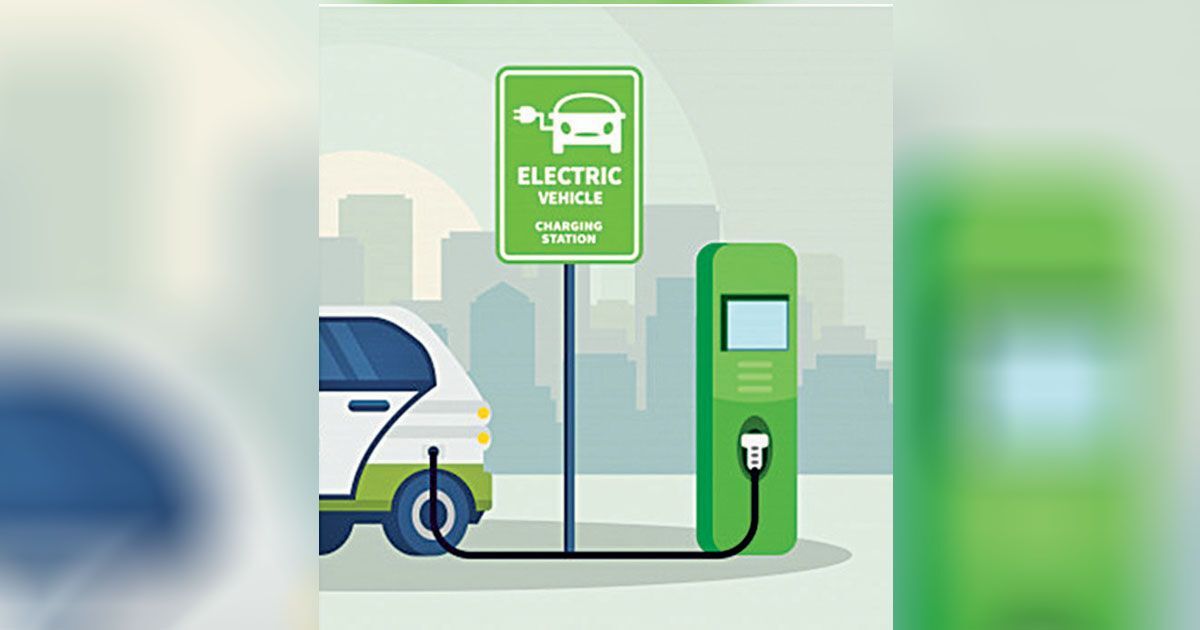
Devol Nath
Even though we all know that electric vehicles (EV) are the future, EVs haven’t seen worldwide acceptability, and there, of course, has to be reasons for it. Governments worldwide have done the best possible by reducing all kinds of taxes, and even when people are aware of its necessity in the context of conservation of the environment, but still, the sales of EVs haven’t gone up. It is in this context that researchers at the Massachusetts Institute of Technology (MIT) have made a study on what kind of infrastructure improvement is needed for wider adoption of electric cars, a key step towards reducing greenhouse gas emissions from transportation.
The researchers found that installing charging stations on residential streets, instead of in central locations like shopping malls, would have huge benefits. The study also revealed that having high-speed charging stations along the highways and making supplementary vehicles more easily available could greatly increase the vehicle electrification potential.
The aim of the study – reported in the journal Nature Energy by MIT Associate Professor of Energy Studies Jessika Trancik, graduate student Wei Wei, post-doc student Sankaran Ramakrishnan, and former doctoral student Zachary Needell SM – was to better understand how to make plans for rapid vehicle electrification a reality.
The researchers used data collected from GPS tracking devices in cars, as well as survey results about people’s daily driving habits and needs, including detailed data from the Seattle area and more general data from the US as a whole.
According to the study, while most people’s daily driving needs are met by the range provided by existing low-cost electric cars, there are times when people need to drive much farther. People usually take those particular days into account when deciding on whether to go electric, the study found.
Addressing the range issue through infrastructure is essential, Trancik says. The high-capacity batteries being more expensive, are not affordable to many, she points out, so getting the infrastructure right is also important from an equity perspective.
The strategic placing of infrastructure and making drivers aware of it so they can easily envision where and when they will charge, could make a huge difference, Trancik says. “It’s important to provide access – reliable, predictable access – for charging, wherever they park for longer periods of time,” Trancik adds.
